Munky completed nearly 200 shots for BBC1 drama The Village. Gary Brown explains how.
Over the last two months, our team of VFX artists have been restoring various locations in Derbyshire, taking them back to how they would have looked in 1914, the year the series begins.
The Village is a very much social history, and the attention to detail and historical accuracy is apparent in every scene.
At Munky we went to great lengths to ensure the more permanent layers of modern clutter were removed in order to let the production design sit comfortably with the narrative.
When you get started it’s amazing just how much clutter there is; wires, street lamps, satellite dishes, skylights and dormer windows, road signs, plastic guttering, alarms, signs, planes, cars, barbed wire, fencing, even concrete curb stones had to be replaced.
Paint-outs are an excellent way to put newly-learnt skills to practise, so the project was earmarked for Emma Taylor, who was recently promoted to junior After Effects artist.
Part of her job was simply patching over areas of picture whilst other parts would require research into the materials of the day, creating small matte paintings and tracking them in.
As more complex shots got turned over from editorial, lead Flame artist Venancio David assumed control and distributed shots out to Nuke operator Ryan Passmore.
Nuke’s planar tracker was great for tracking matte paintings into complex handheld shots.
Venancio was responsible for balancing the weather through episodes five and six, which had been shot during the showery summer that was 2012.
He also spent a good week working on a sequence in episode two in which John Simm’s character attempted to hang himself.
Venancio had to remove the rope, the harness and a good section of clothing which was pulled out of shape by the harness. Most of Simm’s shoulders are a digital replacement as is the rope, sky and tree its hanging from.
One of the main things we are pleased about is how none of this affected the style of cinematography.
Shots that are over-controlled tend to upset the fluidity of a scene and stand out as so obviously having been contrived so we didn’t enforce any ground rules to say that the camera or focus shouldn’t move on complex shots, or that there shouldn’t be the rich and busy defocussed foreground texture which hinders attempts to add or remove features.
It is by far the best policy to allow the director and DoP to construct their shots freely as intended. It means more time spent in post but the end result has much more integrity.
Gary Brown is creative director at Munky







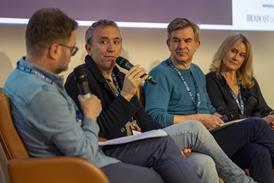
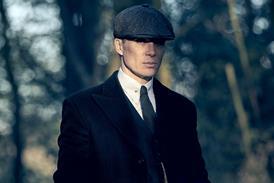
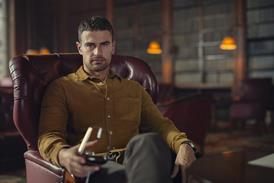
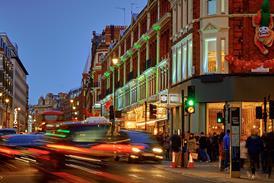


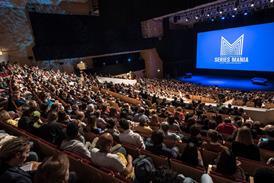






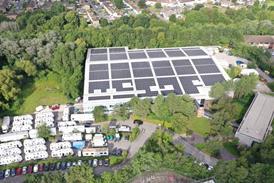



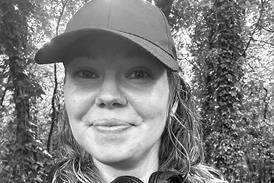





No comments yet